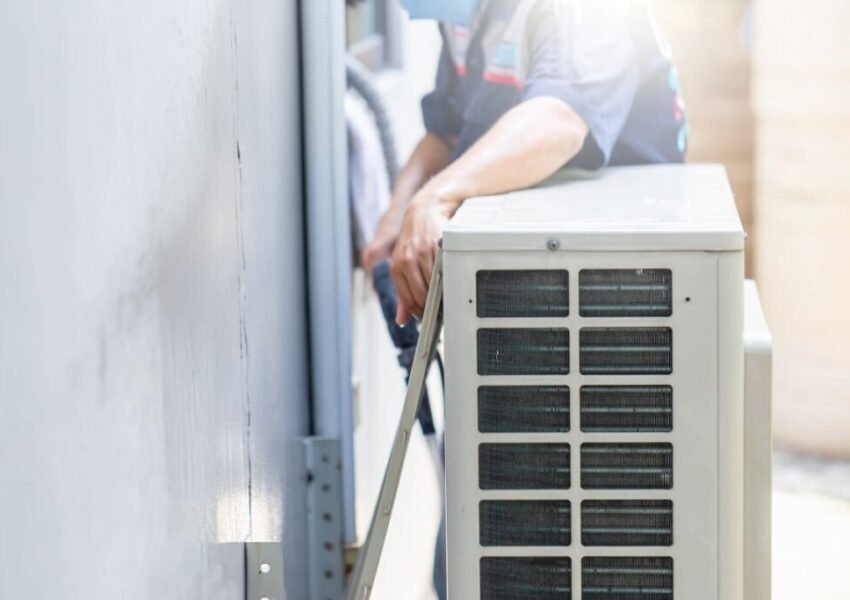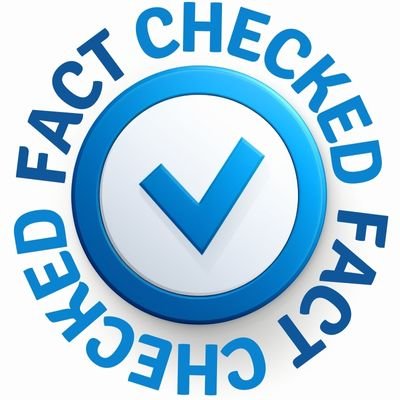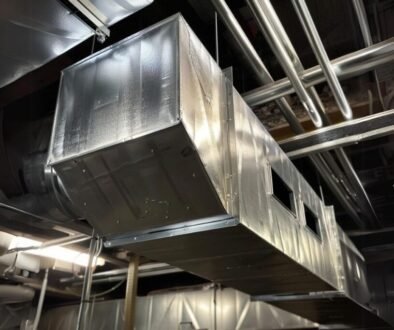How to Unclog a Furnace Condensate Drain

Published January 12, 2024
If you’ve clicked on this, you probably have a high-efficiency gas furnace that won’t run. It may be due to it having a clogged drain line.
The condensate drains out of the furnace’s drain lines. Yet, problems happen when one of your furnace drain lines gets clogged.
But worry no more, as we’ll help you fix your situation. We’ll provide a comprehensive discussion on unclogging a furnace condensate drain. We’ll also cover relevant topics such as why they get clogged, what a float switch is, condensate drain pan, and more. Let’s start.
What Is a Furnace Condensate Drain?
A furnace condensate drain is a part of high-efficiency furnaces. They are known as condensing furnaces. They produce a condensation that needs to be drained away from the unit.
The furnace condensate drain is a pipe that allows this condensation to exit the furnace. It is typically crafted from PVC. It connects the stove to a floor drain or other suitable drainage system. The condensate is acidic. Thus, it must be adequately drained. Doing so aid to avoid damage to your plumbing or property.
Condensate drains are essential for the efficient and safe operation of a high-efficiency furnace. If clogged, it could cause water to back up into it. It can potentially trigger damage or a system shutdown.
How to Unclog Your Furnace’s Condensate Drain?
Suppose there is water in your furnace or on the floor. It’s almost always due to a clogged drain line.
To unclog your drain line, follow these steps:
1. Check to see how nasty the clog is
Inspect your drain pan and outside where the drain line goes. It will give you a picture to see if it is something simple to fix. Sometimes, it will just be some small blockage outside that needs clearance.
2. Remove the clog by hand.
If the clog is near the surface, nudge your finger in the drain line. It will dislodge any debris and clear the clog.
3. Use a drain brush or drain snake.
You can also use a drain flexible brush or snake up your line. It can unclog debris from the middle of your line. Using it will also scrub the inside walls of your drain line. It helps forbid clogs from reemerging in the future.
4. Employ a wet/dry vacuum.
If you can’t unclog your drain line with a brush or snake, it’s time to level up. Get a wet/dry vacuum. It will effectively suck everything out.
Put the vacuum hose at the end of the drain line outside. You may need to fasten the hose over the drain line. It is a must, so no air escapes. Turn on the vacuum and remove any debris.
This technique is usually strong enough to cut clogs from the middle of the drain lines.
5. Use a drain gun.
Suppose the wet/dry vacuum is a failure. It would be best if you employed the big gun. Use a drain gun to fire pressured gas into the line. It makes use of high-pressure gas. It is known to push out slime, dirt, and debris from the drain pipe.
Why Does Condensate Line Get Clogged in the First Place?
A furnace drain gets clogged because of the following:
- Debris
- Slime and algae growth
- Restriction at the outlet
What Is a Float Switch?
If a drain pipe becomes blocked, water will accumulate in the bottom of the furnace. A float switch will get the stove to turn off in case of too much water.
The float switch may be a nuisance, but it is a critical furnace component. It prevents your furnace from flooding your home with water. It shuts off the stove if an excessive amount of water is detected.
As the water builds up, the float switch floats upward. Then, it will become triggered. It will shut off your furnace. It does it as it safeguards from overflowing with water.
What Is a Condensate Drain Pan?
A condensate drain pan is a part of your heating, ventilation, and air conditioning (HVAC) system. It is crafted to collect water. It results from the air conditioning process.
When your air conditioner cools the warm air inside your home, it undergoes condensation. It is similar to how a cold beverage sweats on a hot day. The condensation needs to go somewhere. It is where the condensate drain pan comes into the picture. It drips into it.
It typically resides under the indoor air handler unit where the cooling coil is attached. As the moisture accumulates in the pan, it flows into a condensate drain line. It is what then carries the water outside your home.
Why Does a High-Efficiency Furnace Make Condensate?
It makes condensate due to burning such a high percentage of fuel. Most of the exhaust is water vapor as a result.
The exhaust cools down because of the strength of the heat exchanger. It condenses into water droplets when it comes into contact with the cooler PVS exhaust tubes.
Where Can I Drain My Condensate Drain Line?
Most homes can drain their condensate line to the floor drain. Yet, the answer is a little more complex if you’re on a septic system.
When a furnace burns a gas, the condensation is acknowledged clean. But, the PH is usually between 2.9 and 4. It makes it acidic.
It can then trigger damage to pipes, septic systems, water treatment facilities, and more.
To safely drain the furnace condensate, consider installing a condensate neutralizer.
The condensate water will travel through the neutralizer. It includes calcium carbonate, CO2, and salt. It neutralizes the acid and makes the condensate safe for your septic system.
Other Signs of Furnace or AC Drain Line Issues
- Water stains
- Musty smell or odors
- Excess condensation indoors or on windows
- Higher energy bills
- Poor indoor air quality
- Mold growth inside your home
How to Maintain Your Furnace Condensate Drain
1. Clean the ducts and registers.
All kinds of stuff can get trapped in the ducts and registers: dust, pet hair, small toys, and food scraps. Vacuuming them out can help maintain airflow and efficiency.
2. Regularly check and replace the air filter
The air filter should be checked regularly. It must be replaced as needed. A dirty filter can restrict airflow. It can cause the system to work harder.
3. Use tablets or pads.
Placing tablets or pads in the drain is a smart move. It can kill algae in the drain line. It’s a great way to keep it clean.
4. Spray with coil cleaner
Spraying the coil with a coil cleaner can also assist in keeping the condensate drain.
5. Flush the line
If possible, connect a garden hose. It will flush the line. Close the valve on the AC side, then open it on the garden hose. Let it flow.

Frequently Asked Questions About Furnace Condensate Drain
1. What is the purpose of a condensate drain?
Its primary purpose is the removal of moisture yielded in the air conditioning process.
2. Do all furnaces have a condensate drain?
Not all furnaces have a condensate drain. It only exists on high-efficiency furnaces, aka condensing furnaces.
3. What material is the furnace condensate drain?
The material of a furnace condensate drain is usually plastic. It is often PVC (polyvinyl chloride) or ABS (acrylonitrile-butadiene-styrene). The condensate produced by high-efficiency furnaces is slightly acidic. It can corrode metal over time, which is why plastic is best for them.
4. Where does the condensate drain go?
The condensate drain line from a high-efficiency furnace or air conditioner typically routes the condensate to an appropriate drainage area outside or inside your home.
There, you have a comprehensive guide on how to unclog your furnace condensate drain. It’s critical to maintain it for optimum function and state regularly.

This Content Is Fact Checked
This content has undergone thorough fact-checking by our team of internal experts. Gain further insight into the editorial standards upheld on our website here.
South Florida HVAC Professionals
Snowflakes Air Conditioning has been providing professional HVAC services for over 10 years. We are committed to keeping your air conditioner running smoothly all year round. Our experienced technicians can handle anything from AC repair to sales and AC installation. Whether it’s time for an upgrade or just regular upkeep, we are a name you can trust for your HVAC needs. Contact us today for more information.

About The Author
Meet writer Rei Bayucca, an HVAC and construction industry enthusiast. Discover insightful articles designed to help you solve your most pressing problems. Rei can captivate you with expertly crafted content that will leave you hungry for more.



